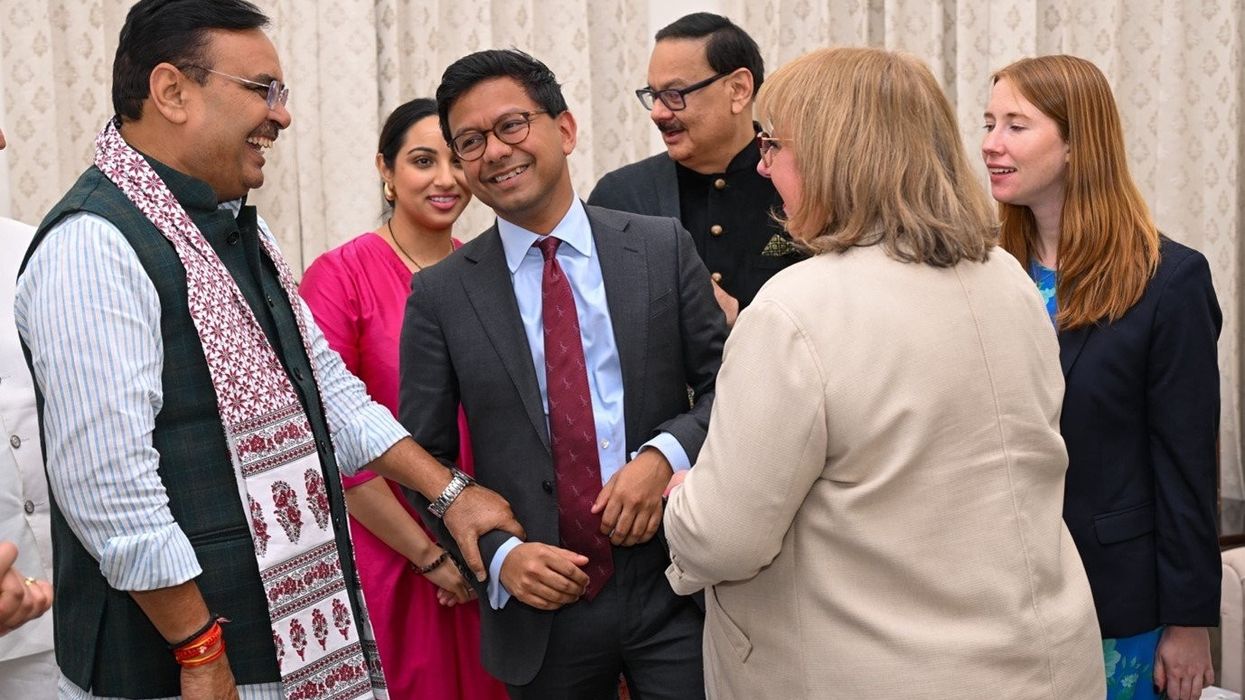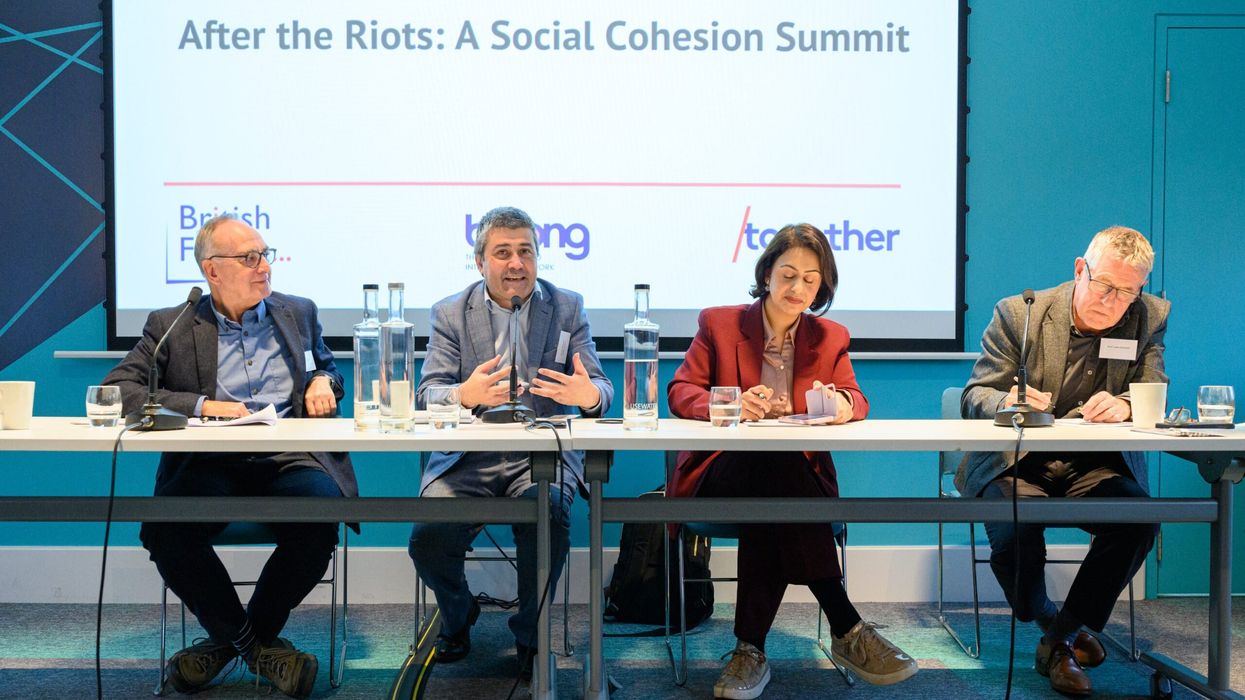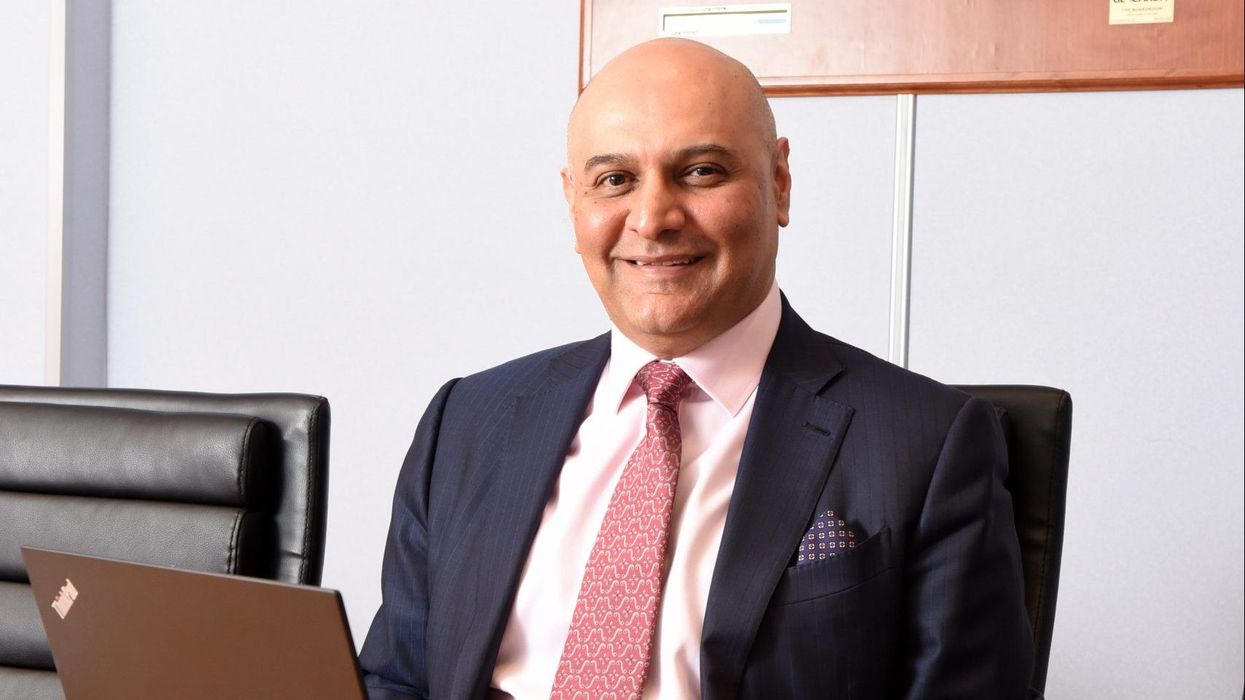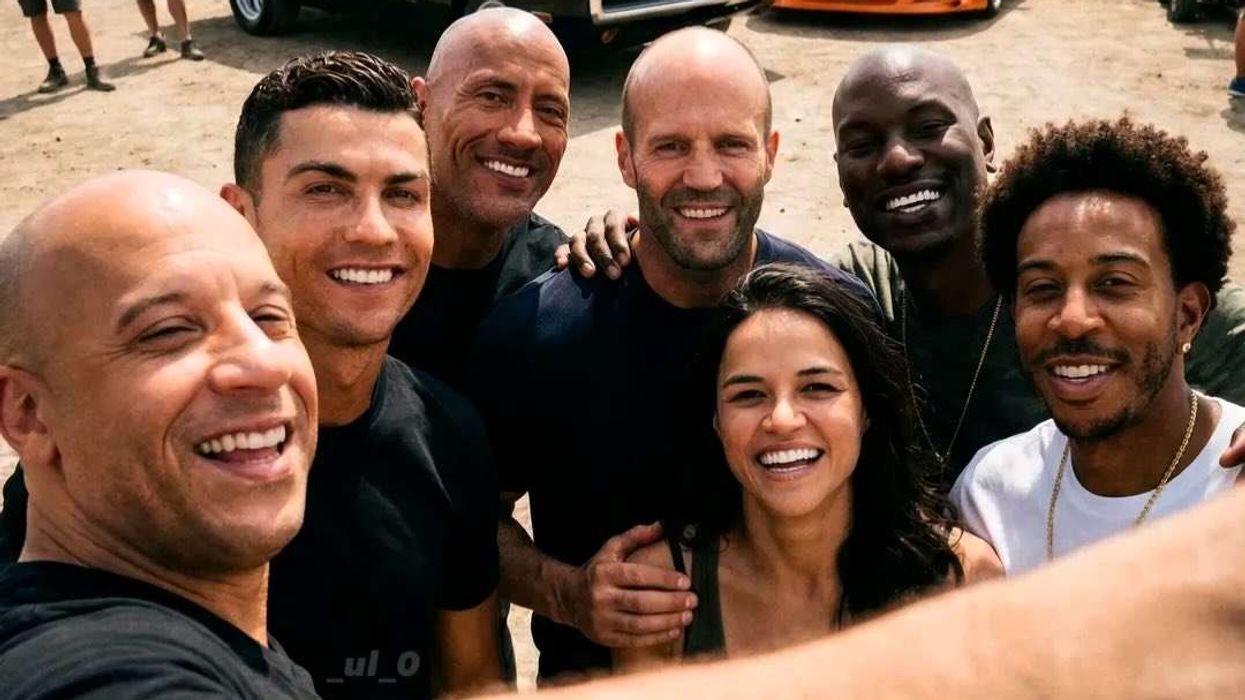In a world where education is a powerful tool for change, one project is making waves across the diverse landscapes of the Indian subcontinent. The Sarvamangala Girls Education and Empowerment Project is not just an initiative. It's an all-women’s ecosystem to transform lives, uplift communities and redefine girls’ futures. By mentoring and fully financing the education of 213 girls across 16 states, Sarvamangala is igniting dreams and forging paths toward a brighter tomorrow.
The heart of the project: No girl left behind
On a midsummer’s eve, Manju from Ladakh was holding her head in despair. She had just come to know that because of her family’s lack of financial resources, she was forced to drop out after class 12. This, too, despite scoring quite well. In India, finishing class 12 is the entry ticket to pursue further studies. But without college, there is simply no chance for a good career. A few months later, like someone clutching at straws, Manju landed up at an institute in Ladakh as a guide for visitors. This is where I happened to chance upon her.
Born to a construction site labourer, Manju grew up in a humble home where dreams are overshadowed by the demands of survival. As we spoke, I was struck by her eloquence, grace and the spark in her eyes – a glimmer of ambition. In less than half an hour, she asked me question after question about studies, career, life, literature. I realised that what this girl needed was a scholarship, mentorship and a supportive environment that would ignite her passion for learning. Manju became one of the first girls supported by Sarvamangala. Today, she is thriving in a college and working towards becoming a psychologist.
Overcoming societal boundaries
Imagine a young girl named Ananya, growing up in a small village in Madhya Pradesh. Like many of her peers, Ananya dreams of becoming a pilot. However, the challenges she faces are daunting. Limited resources and societal boundaries threaten to clip her wings before she even takes flight.
The initiative currently spans 16 Indian states, each with its unique cultural tapestry. From the bustling streets of Ahmedabad to the lush landscapes of Tamil Nadu, every girl has her own story. In the northeastern state of Sikkim, Sonam is determined to break barriers. The project has given her the tools to thrive. She now actively participates in science fairs, showcases her innovative projects and has won several awards. Ultimately, she aspires to become a geneticist.
These stories are just glimpses into the lives touched by Sarvamangala Society.
More than just education
‘Sarvamangala’ is a Sanskrit word that has two meanings: ‘well-being for everyone’ and ‘holistic well-being’. A good education is not merely about academics, it encompasses all-round development. The project includes upskilling workshops on leadership training, mind-management tools, body language and communication skills, psychological counselling, stress management and health awareness.
The project management is streamlined so that 100% of donations reach the beneficiaries, an unusual approach in the philanthropic world. This is made possible by an institution that separately covers Sarvamangala’s admin costs.
The upskilling initiatives ensure that the girls become well-rounded individuals ready to face the world. Two teachers from the British Council provide Spoken English classes tailored to the girls’ age and proficiency levels, while honouring their respective mother tongues. Girls lacking access to technological know-how benefit from IT trainings conducted by a senior technology expert. Sarvamangala also encourages women to take up leadership positions in STEM. A key supporter is a prominent Silicon Valley inventor who worked with Steve Jobs at Apple and holds hundreds of patents. She inspires the girls with motivational talks and opens vistas of what women in tech can achieve.
Professional interview training ensures that girls who have completed their education can find the best possible jobs. After learning how to make the most of online platforms like LinkedIn for her job search, Sita from Sikkim landed her first job – as an HR executive. She became the first well-earning member of her family in over a decade.
Having a personal mentor is a proven way to boost self-confidence. Sarvamangala has more than 140 women volunteers, who create a safe ecosystem and provide the necessary guidance to the girls. Akshita from Karnataka was born with a life-threatening condition but has shown tremendous courage in circumstances that would see others fall apart. In bringing to light her innate strengths, her mentor Nagaratna has emboldened Akshita to become self-reliant.
Sarvamangala also fosters a sense of sisterhood. The girls form bonds through regular meet-ups and community-building activities, lifting each other as they navigate the labyrinth of education and gruelling circumstances. Unique to the project is the ongoing involvement of alumnae who encourage their younger peers.
Community engagement and the ripple effect
Lasting change requires the engagement of the entire community. Sarvamangala involves parents, mentors, local leaders and educators in creating an ecosystem that values and prioritises girls’ education. Although it is a women’s empowerment project, men and others are welcome to help as valuable advisors and supporters.
The concept of young women stepping out of the village to pursue education is still alien to tribal areas, like those of Chattisgarh. Hailing from such a village, Lali's journey was dotted with obstacles that would have discouraged many, having been ostracised simply for wishing to pursue education. In her words, ‘They already performed my shraadh (the last rites)’. Thanks to her determination, she is now pursuing a Bachelor’s in Computer Applications at one of India’s reputed universities. She dreams of becoming a web developer and wishes to inspire many girls in her village to realise the power of education.
The impact of the project extends far beyond individual success stories. As these girls grow into educated women, they will become catalysts for their communities’ growth. Educated women are more likely to prioritise education for their children, breaking the cycle of underprivileged circumstances and gender disparity.
Sarvamangala also fosters an entrepreneurial spirit. For instance, after completing her Master’s in Yoga Studies and continuing with her PhD, Monika from Rishikesh opened her own yoga studio. Her initiative has inspired many of the girls to consider the possibility of entrepreneurship in India’s burgeoning economy.
Celebrating successes and looking ahead
Imagine your own daughter making it through college and getting the job she always wanted. Every Sarvamangala girl’s success is exactly like that. Presently, 12 of the currently 213 girls have completed their education and found placement in good jobs. They continue to receive guidance where needed and are a source of inspiration and joy.
Suprabha SharmaSarvamangala is seeking the participation of passionate educators, mentors, individual and corporate donors, experts and visionaries to further its important work. Our journey is far from over. We are committed to expanding Sarvamangala’s reach, with the ultimate goal of supporting thousands of girls across India. For 2025, the target is to increase the number of girls supported to 300. The organisation has also started supporting girls from Nepal and Bhutan. Our vision is to create a ripple effect that reaches every corner of the subcontinent, ensuring that education is regarded as a right rather than a privilege.
(Hailing from the Himalayan hamlet of Sikkim, Suprabha Sharma is a recipient of the President of India’s Award for Social Work. She co-founded Sarvamangala Society in 2021. She holds three Master’s degrees in finance, sociology and non-profit leadership. The author can be reached at info@sarvamangalasociety.org.)












From desks to dreams: A journey of girls’ empowerment